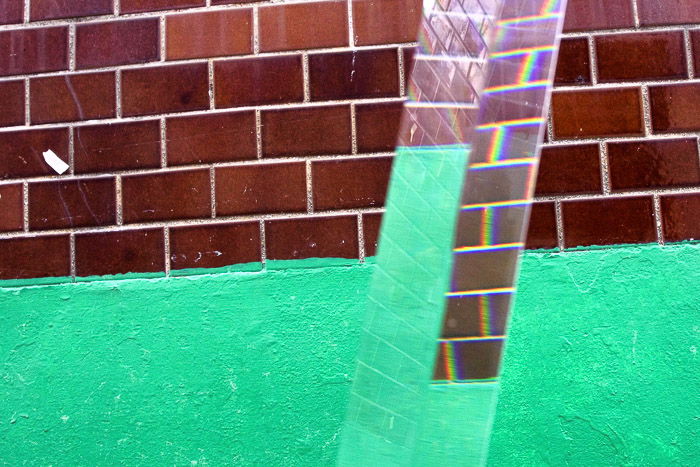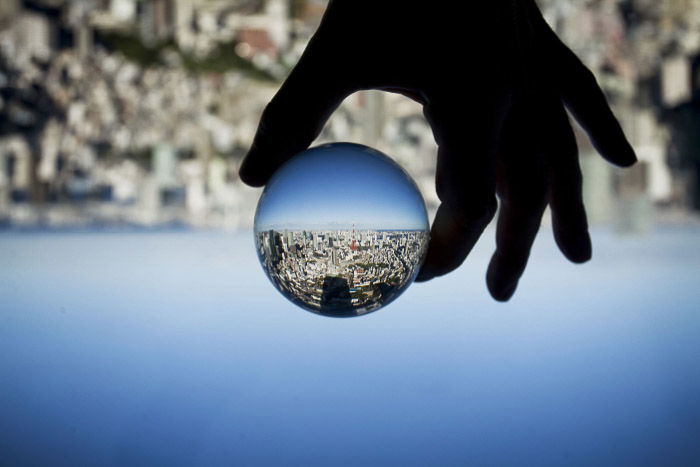Fractal photography is a unique and fascinating type of photography that can produce some stunning results. But what is fractal photography, and how can you create your own amazing fractal photos?
Fractal photography is the art of taking pictures of objects or scenes that have been manipulated to create a fractal pattern. A fractal is a geometric shape that is created by repeating a simple pattern over and over again. Fractals are found all around us in nature, from snowflakes to rivers to tree branches. By photographing objects or scenes with a fractal pattern, you can create some truly eye-catching images.
But how do you go about creating your own fractal photos? The good news is that it’s actually not too difficult – all you need is some basic photo editing software and a little bit of patience. Here are a few tips for getting started:
A prism is a triangular object that’s transparent. It’s usually made of clear glass but could also be acrylic. One of the best-known effects of a prism is to create a rainbow through a process known as refraction.
Splitting the light is not the only thing a prism will do though. The process of refraction will redirect light from extreme angles. This means you can see an image within a prism that’s 90 degrees from that angle you are actually viewing.
It’s the effect that a prism produces that is used by fractal filters.

Not to be confused with reflection, refraction is a process where light is bent. This happens when light passes through an area of denser mass. When light travels from the air through a glass object that light will bend.
When the glass object is spherical it can invert the image, as in the case of a lensball. The special triangular shape of a prism actually leads to light not just being bent but split into all the colors of the rainbow.
Fractal filters make use of refraction to create experimental images. This allows you to create stunning effects in camera.

Fractal Filters come as a set of filters, each with its own unique properties. They’re made of glass and create prism-like distortions of the light.
Each filter is handheld, with a 3 finger grip supplied with each filter. That’s a nice difference from the lensball.
The glass itself is cut differently from filter to filter. One filter can take on the properties of a regular prism, while another is cut more like a diamond on a ring.
This cut glass can have several interesting effects on your image, all captured without the need for any post-processing. So what are these?
(https://www.getfractals.com/products/classic)
Unlike a lensball which acts as an external lens, the best description for these is a filter. Where they’re similar to the lensball though is that these are external filters.
You hold onto them in front of the camera lens, as opposed to screwing them onto the lens itself. Fractal filters do supply a Gorrila Pod style extension arm that allows you to use fractal filter hands-free.
For the most part, you’ll be holding the camera with one hand, and the filter with the other.

Refraction is a fascinating area of photography. Fractal filters aren’t the only options open to you. If you enjoy using fractal filters why not try some of the following techniques?
The way a prism works forms the basis of the creativity found with fractal filters. Why not try using a regular prism?
It’s fun to experiment with, and as with fractal filters, you can use it by holding it in front of the camera to create double exposure like images.
You can also use a prism to project a rainbow onto a surface, or perhaps onto someone’s face.
As mentioned already the lensball also uses refraction, and you’ll hold it or position it in front of the camera.
Instead of distorting your image with the lensball you’ll get an image within the ball that you can take a photo of.
The image within the ball will have fisheye like properties, and it will be upside down. You’ll need to use those effects to artistic effect to get the best image out of one of these balls.

For even more creativity why not take the lens off your camera, and use interesting glass objects as a lens! Objects like wine glasses work well here.
You’ll need a darker room and a single light source shining through your new ‘lens’ to make this effect work.
Finding ways to take photograph is different more creative ways is the goal of many photographers.
If that’s what you like to do, the fractal filters can certainly add another string to your bow, and provide you with interesting photos.
Have you tried this equipment out before? We’d love to hear your thoughts, so please share them together with any photos in the comments section of this article.
Looking for more cool tips? Why not check out our post on alternative photography processes or smartphone flower photography next!
